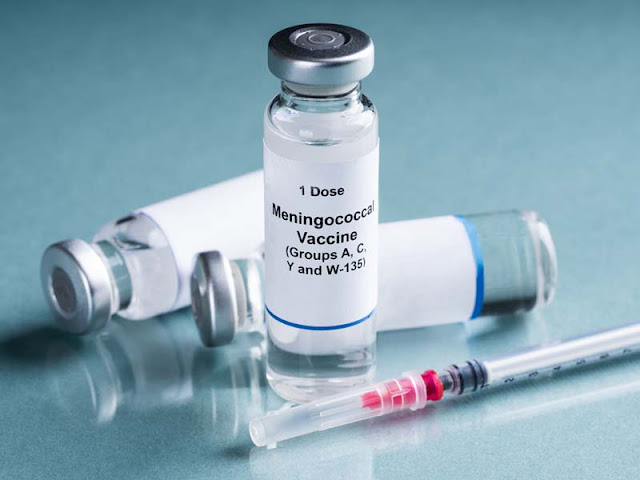Hydro Turbine Generators: Pioneering Sustainable Electricity Generation Solutions
 |
| Hydro Turbine Generator Units |
Hydropower is one of the oldest
and widely used renewable energy sources known to mankind. At the heart of any
hydroelectric power plant lies the hydro turbine generator unit that converts
the kinetic energy of flowing water into electric power. Let us take a deeper
look into the components and working of this crucial unit driving renewable
energy progression.
What is a Hydro Turbine Generator Unit?
A hydro turbine generator unit
consists of a turbine and an electrical generator coupled together on a common
shaft. The basic components include a turbine, generator, shaft, bull gear and
draft tube. Water from the dammed reservoir enters the penstock and is directed
at high pressure towards the turbine blades. The kinetic energy of flowing
water spins the turbine which rotates the shaft connected to the generator. The
generator then converts the mechanical energy into electric power.
Types of Hydro Turbines
There are three main types of
hydro turbines commonly used based on how water flow is directed - impulse,
reaction and mixed flow turbines.
Impulse turbines like Pelton
wheels utilize the complete kinetic energy of a jet of water striking the
buckets to spin the runner blades. They are highly efficient for high head and
low flow applications.
Reaction turbines include Francis
and Kaplan turbines that use both the pressure and kinetic energy of water.
Francis turbines are utilized for medium head, high flow conditions while
Kaplan turbines are suitable for low head, high flow environments.
Mixed flow turbines employ a
combination of impulse and reaction principles. They are optimized for a
specific range of head and flow conditions.
Components of a Hydro Turbine Generator Unit
Headrace - The water tunnel or
penstock conveying water from the reservoir to the turbine inlet under high pressure
head.
Stay Vanes - Guide water smoothly
into the turbine runner minimizing turbulence.
Runner - Revolving blades inside
the turbine casing which convert hydraulic energy to mechanical rotation.
Different designs optimize efficiency.
Draft Tube - Guides water exiting
turbine, recovering kinetic energy and maintaining flow velocity.
Shaft - Connects turbine runner
to generator rotor transferring mechanical power.
Generator - Converts kinetic
energy of rotating shaft into electric power through electromagnetic induction
process.
Governor System - Automatically
controls water flow according to load demand regulating turbine speed and power
output.
Bearings - Support shaft rotation
with minimal friction like journal, thrust bearings made of advanced materials
like ceramic composites.
Lubrication System - Ensures
smooth operation by lubricating bearings, shafts and other components avoiding
wear and tear.
Control and Protection Systems -
Monitor unit parameters, coordinate operation and trigger safety measures
during faults.
Optimization of Hydro Turbine Design
Extensive research and
development goes into optimizing hydro
turbine generator designs for specific site conditions maximizing
efficiency. Computational fluid dynamics (CFD) modeling simulates fluid flow
enabling detailed analysis of flow patterns, forces and stress distribution.
Design refinements focus on
hydraulic components like stay vanes, runner blades, draft tube enhancing flow
characteristics. Advanced materials and manufacturing methods improve
structural integrity, durability and corrosion resistance lowering lifecycle
costs.
Digitalization of Hydro Turbine System Monitoring
Condition monitoring systems
constantly track operational and mechanical parameters of hydro turbine units
like vibration, noise, stresses, gear wear and electrical signatures. Internet
of Things (IoT) sensors relay real-time data to cloud platforms for predictive
maintenance using artificial intelligence algorithms.
Remote monitoring eliminates need
for on-site inspection reducing downtime and maintenance costs. Automated asset
management maximizes unit availability and efficiency aligned with smart grid
requirements. Integrated digitalization paves way for self diagnosis and
corrective action.
Get More Insights Here
https://www.newsanalyticspro.com/hydro-turbine-generator-units-for-cleaner-futures/



Comments
Post a Comment